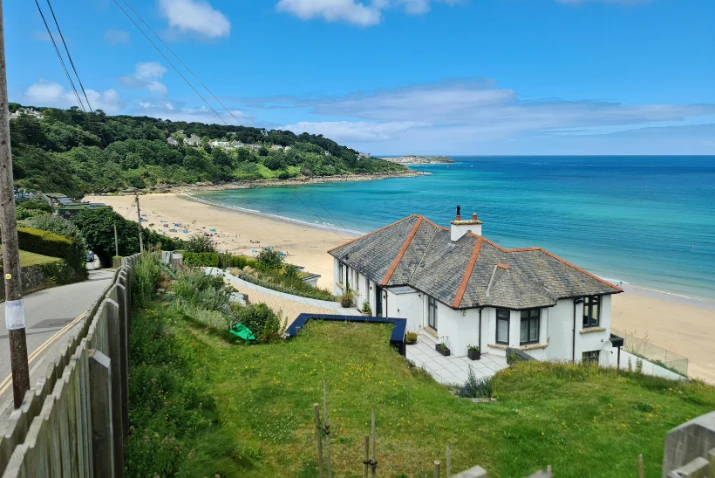Following on from their election manifesto pledge to create a series of new towns across England, last September the Government commissioned a New Towns Taskforce to identify specific locations and make recommendations on design and delivery.
In his statement on Labour’s plans at the time, Housing and Planning Minister Matthew Pennycook said, “The next generation of new towns must be well-connected, well-designed, sustainable and attractive places where people want to live and have all the infrastructure, amenities and services necessary to sustain thriving communities.”
A year later, those plans are starting to take real shape and at this autumn’s party conference, Labour announced more detail on 12 new towns, three of which are to begin construction before the next general election.
Why create entirely new towns?
Populations within England’s major cities are increasing and many areas are already dense with housing. An imbalance of supply and demand has resulted in significant housing pressure in many parts of the country - in terms of cost, quality and availability - with the highest pressure being felt in London and the South East.
Critics of Labour’s focus on building entirely new communities point out that many towns and cities have significantly lower population density than comparable locations in Europe, and therefore lower relative economic output. For example, London, Birmingham and Liverpool have half the density of Barcelona, Milan and Paris, respectively. So, the suggestion is that it would be more beneficial to focus on building new homes in and around existing cities and improving transport infrastructure.
And Labour recognises this, which is why, alongside the more rural new town strategy, they are also planning urban extensions and regeneration projects. It’s likely to be easier to deliver desirable, high-quality homes in sustainable environments without the restrictions of existing developments and facilities that tend to come with urban brownfield sites. But building housing in both types of location should ensure a broad spectrum of people can be accommodated.

What will the new towns look like?
At the party conference, Labour’s Housing Secretary Steve Reed said, “This party built new towns after the war to meet our promise of homes fit for heroes. Now…we will once again build cutting-edge communities to provide homes fit for families of all shapes and sizes…restoring the dream of home ownership to thousands of families across the country.”
The Government has promised that each town will have at least 10,000 homes and a distinct, unique identity. There will be a mix of housing, with accessible amenities, including schools, doctors’ surgeries, libraries, green spaces and transport. 40% of the new homes will be affordable, with 50% of those allocated for social rent.
Where will they be?
The Taskforce has shortlisted 12 locations, and the Government intends to start work on the three most promising sites in the next three and a half years. Those are:
• Tempsford, Bedfordshire – benefitting from East West Rail in the Oxford-Cambridge growth corridor.
• Crews Hill and Chase Park in Enfield - to help address London’s acute housing need.
• Leeds Southbank - supporting the city centre’s economic prospects.
The other nine current recommended sites:
• Adlington, Cheshire – a standalone settlement, serving the growing industries in Greater Manchester and Cheshire.
• Brabazon and the West Innovation arc, South Gloucester – a corridor of connected developments.
• Heyford Park, Cherwell – redevelopment of the former airbase, helping boost innovative technology industries around Oxford.
• Thamesmead, Greenwich – a riverside town that would work with the proposed extension of London’s DLR.
• Victoria North, Manchester – an inner-city development to attract high-skilled workers.
• Worcestershire Parkway, Wychavon – building around the existing train station.
• Marlcombe, East Devon – a standalone settlement
• Milton Keynes – a renewed town within one of the original new towns from the 1960s.
• Plymouth – densifying development to capitalise on investment in the Devonport naval base.
There will be demand in each new town for both home ownership and rental, and prices will surely rise as these communities grow, presenting excellent investment opportunities over the coming years.
If you are currently living near one of these proposed development locations and would like to discuss the predicted impact on the area, or you’re looking for a new home or investment right now, we’re here to help.
Just get in touch with your nearest branch and have a chat with one of the team.







